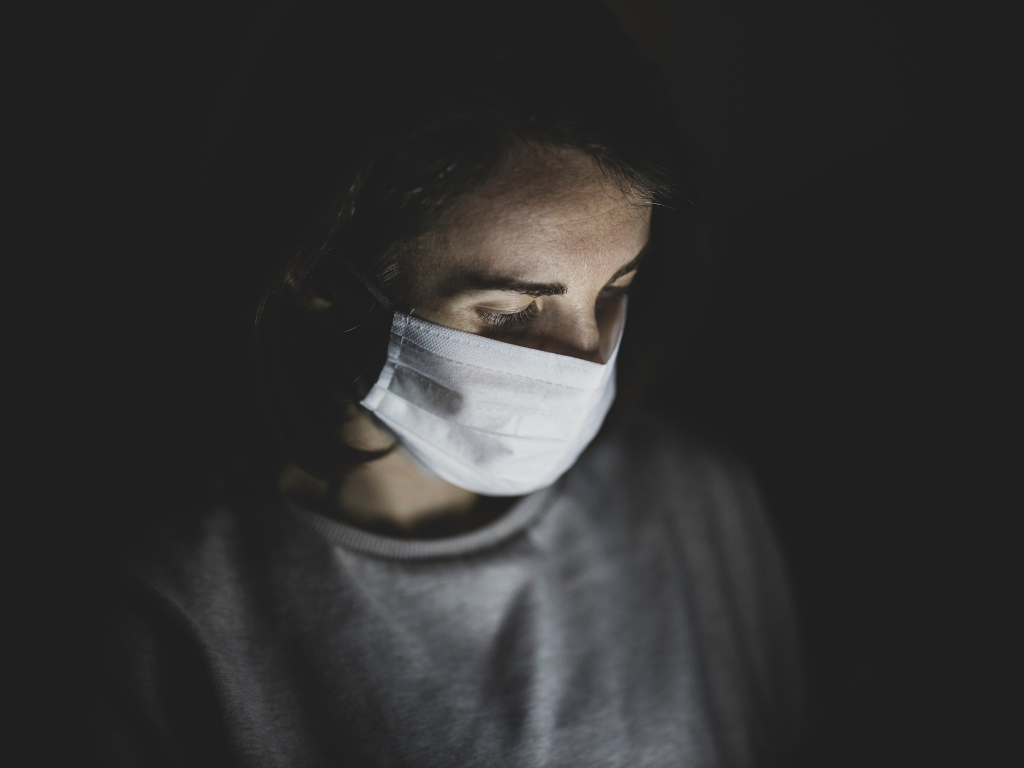Grappling with any kind of loss involves a grief process, even if the loss isn’t tangible.
We are all dealing with non-tangible losses during this COVID-19 pandemic such as:
- Physical connections
- “Old normal” or ”remember when” routines
- Our safety and certainty about the future
- Dread that there are more losses to come (anticipatory grief – dreading something bad will happen, but being unable to see it).
- Grief is messy! We need to embrace the mess and honor the struggle we’re going through.
You might be experiencing stages of grief dealing with the COVID-19 pandemic:
- Denial – I can’t believe this is still going on
- Anger – I’m so mad that… (examples: my kids can’t go to school, I can’t see my loved ones/friends in person, why aren’t others doing what they should be doing)
- Bargaining – If/then… (example: if I wear a mask, then I can see my friends)
- Depression – The world as we knew it at the beginning of 2020 is gone (and who knows what is yet to come)
- Acceptance – COVID-19 is still here and not going away soon. What can I do to live productively in it?
- Find/make meaning out of the losses – work in progress
- Grief brings baggage from previous losses.
Strive to find balance in what you’re thinking about.
Try to stay in the “now” and let go of what you can’t control.
Practice self-compassion. Name your feelings (emotions need motion).
Self-care tips:
- Breathe – Inhale smelling your favorite flower. Exhale like you’re blowing out birthday cake candles
- Drink water
- Get up and move (stretch, play…)
- Look for small wins, 3 good things every day
- Limit your intake of news


